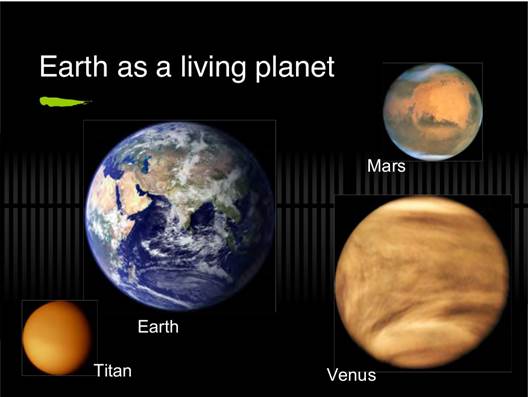JAMES LOVELOCK, GAIA THEORY and THE LONDON SCIENCE MUSEUM
My own environmental awareness crystallized in the late eighties, early nineties with James Lovelock’s book, The Ages of Gaia (Oxford Univ. Press, 1988), a biography of the earth as a living, self-regulating organism, a product of its own history. The theory was radical and largely dismissed by the establishment science community who understood man as an object somehow independent of “environmental systems”. Man and his environment where objective, rational and quantifiable.
It is somewhat gratifying twenty-five years later to find his theories at the center of ecological and “earth systems” thinking. He is today the featured subject at the London Museum of Science, “Unlocking Lovelock”, where thousands of urban kids, many of whom have never walked through a corn field, drunk from a free flowing mountain stream or contemplated wildflowers in a rural pasture, will contemplate the spiritual fact of life’s unity explained in biological terms.
This is powerful and this is good.
At the time I read The Ages of Gaia, the theory represented a radical departure from ‘orthodox’ Western thinking about Man and his relationship to the planet. It was so radical in fact, that Lovelock today speaks of his theory as an “invention” whose name, Gaia theory, he is pleased to attribute to Nobel Prize winning author, James Golding.
Here is a link to a 13′ presentation of Gaia Theory, by Lovelock himself.
James Lovelock – the Gaia Hypothesis
https://www.youtube.com/watch?v=4tXfX4qpGjc
Keywords: theology, ecology, new age, world commons



